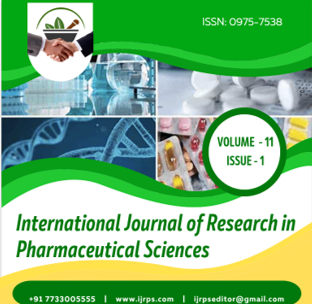Abstract
A better understanding of altered pharmacokinetic variables in the pediatric population is important to improve both the safety and efficacy of drug therapy. Even though pediatric patients are now considered as a special population for drug therapy, it should not give us the wrong idea of considering them like mini-adults. The difference in their pharmacokinetics may be attributed to the radical anatomical and physiological changes that happen with age. Antimicrobials are one of the most prescribed therapeutic agents, and they are used in the treatment of numerous infections. Children are always susceptible to various infections, which often results in their exposure to a wide variety of antibiotics at such an early age. Recent studies showed higher rates of antibiotic prescribing in the pediatric population. The pediatric population requires more attention when prescribing antibiotics due to the increased probability of serious adverse effects, the time required for the complete development of the organs, and augmented drug resistance.
Full text article
Authors

This work is licensed under a Creative Commons Attribution-NonCommercial-NoDerivatives 4.0 International License.

